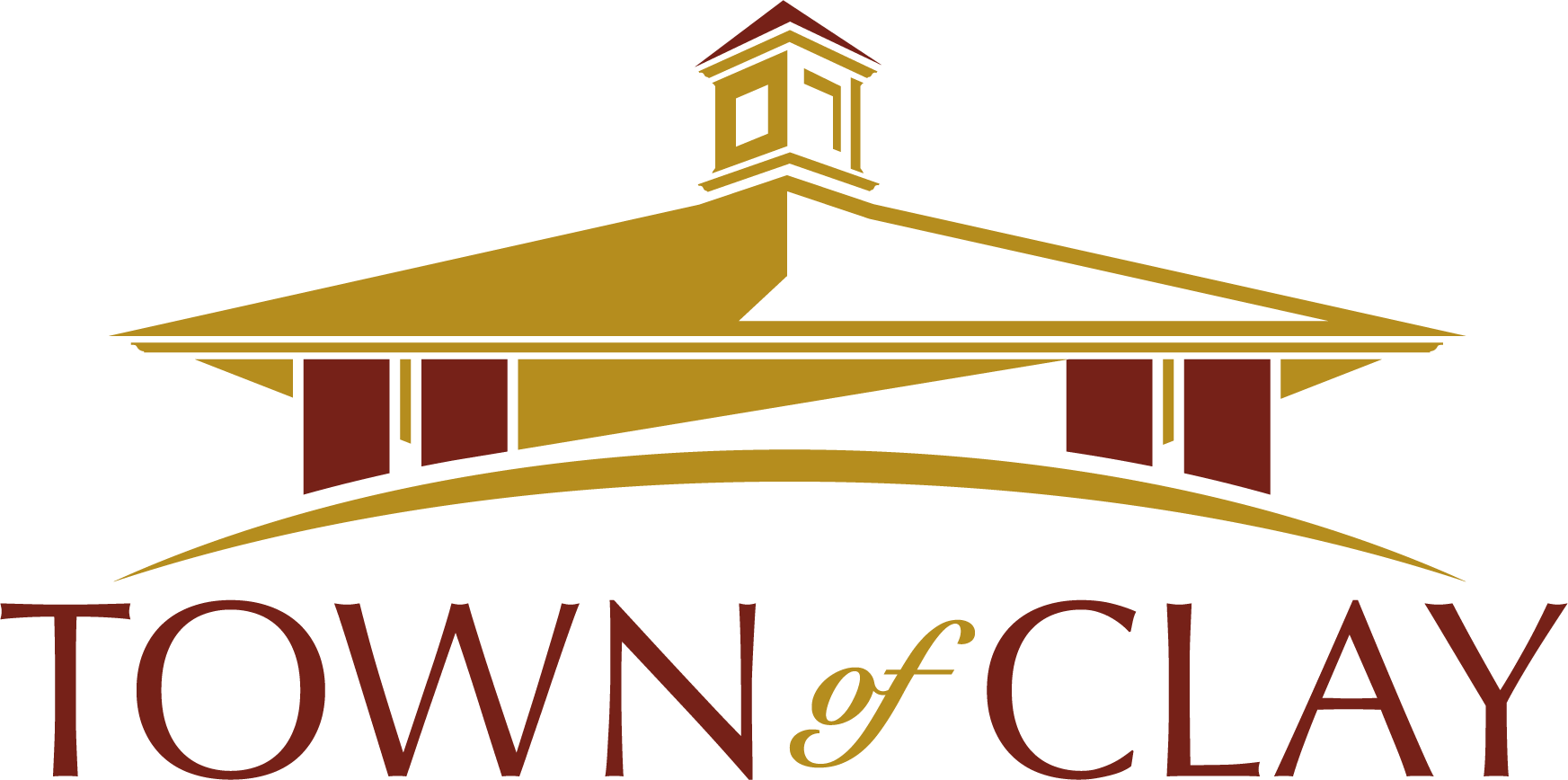Brewing - Part IIIPosted on June 27, 2015 |
REMEMBERING CLAY
Influence of Brewing on Early America and Clay – Part III*
The community life of New York was further enhanced when Albany was given its own charter in 1868 by New York Governor, Thomas Dongan. Now a city, it was completely separate from the Patroon. It created a council of Aldermen who controlled trade, including trade with the Natives, and the sale of beer and operation of taverns. Those citizens associated with brewing families were given influencial positions in the new government. The Dutch were allowed to keep their autonomy and thrived well into the last half of the 1770’s.
Dutch and English brewers, now many North American born, thrived, especially along the Hudson River. Others, including the one in the fort, didn’t survive. Access to clean water and transportation was a key. The other was the vast amount of grain grown in the adequate soil. Not only did they supply beer to all of New Netherland, but all of the Dutch empire. When it became New York, they had the protection of England to supply these same markets and beyond. The legacy of the Dutch brewers continued on for decades. In 1683, 10 counties were formed in New York and progress continued.
At the end of the century, the stabilitiy that had helped the colony grow was broken. In the predawn hours of February 8, 1690, the tiny outpost of Schenectady was attacked by French Canadians with their allies, some tribes of Iroquois and Algonquians. This was in retaliation for the massacre of French settlers in Montreal. The War between England and France had spread to America. Among those killed were brewing families. Other battles occurred in the upper Hudson valley and around Albany. The brewing industry continued to grow in spite of these conflicts while the war continued in Europe.
Enter the German ancestors of Clay!+ The French overran the Palatinate of Germany in 1708, evictIng these poor people who escaped with nothing but what they could carry. They traveled along the Rhine to Holland. Many of their ancestors had immigrated to America from Holland years before. Some were able to remain, but there was not room for most. The others spread out to any country that would take them; the majority ended up in England. Here they lived in make-shift hovels, tents, old warehouses and worse. They spent that winter in England.
Meanwhile, Peter Schuyler, mayor of Albany, and his group of Mohawk sachemes (chiefs) were visiting Queen Anne. They saw the misery of these poor refugees from the Palatinate and felt pity for them. The Mohawks presented Queen Anne with a tract of land in Schoharie to settle these Palatines. This event formed an idea in the mind of Queen Anne. ‘Why not send them to America to make stores for the war with France?’ England had owned it for almost 40 years by that time. This was probably not the aid Schuyler was seeking for the battles with the French in America.
On December 25, 1709, over 3000 refugees boarded 10 ships in various conditions and eventually left for America as “servants of the crown” to make stores for the Queen in payment for their passage. Many died at sea and many in quarantine on Nuttens Island in New York City. They were settled in camps on both sides of the Hudson River under Gov. Robert Hunter and began their new life. Things did not go as planned for these men were skilled craftsmen, many expert beer brewers. Food was not supplied to them as promised by Queen Anne, and the pine trees were not compatible with their needs for making tar. Eventually, the Palatines began making their way to Schoharie which had been promised to them. They made friends with the Natives, built their homes, farmed and plied their trades, many going on to work at the breweries in the upper Hudson area or starting their own home breweries. Germans love their beer as much as the Dutch, who had made the brewing industry the main source for development almost two centuries earlier.
After the Revolutionary War and the “West” was opened up to settlers from the East, many left Schoharie to go West. Among those who settled in Clay were the Young family of eight siblings with their families. They were joined by relatives, neighbors and friends who had originated in the Palatinate in Germany. A descendant of the Anthony family, Florence Denman Watrus, who lived to 105, had memories of her grandfather’s self-contained farm. They raised cattle, sheep, goats and chickens; grain and fodder to feed them; berries, fruit trees, and vegetables: bees for honey; and a large crop of hops to make yeast. Florence said this had to be for making bread! Many, especially those whose ancestors were German, would say it was to make their beer. They also made barrels to age it from the native trees found on the original farm land .
*From UPPER HUDSON VALLEY BEERS, by Craig Gravina and Alan McLeod, published by American Palate,2014
+From the historian’s archives.
Dorothy Heller, Historian
Other
Remember Clay Stories
Nathan Soule Part I
Remembering Clay | Apr 30, 2017
REMEMBERING CLAY
Nathan Soule, Clay Politician (Part I)
Crops on the Sotherden Farms
Remembering Clay | Jun 3, 2019
REMEMBERING CLAY
Crops on the Sotherden Farm

Australian's Visit Town of Clay
Remembering Clay | Dec 14, 2015
REMEMBERING CLAY
Australians visit great great-grandfather’s homestead
